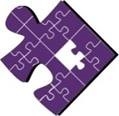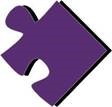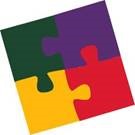Following our discussion about the influence you have in a specific role (my previous blog was about the Individual Contributor), I’d like to next address your effectiveness in the role of “Customer.”
We define “customer” as the entity (internal or external to your company) who desires a “deliverable.” The “entity” could be an individual, a team, a company or a demographic of people, for example smartphone users.
The “deliverable” could be:

a specific work item that contributes to a key component of the final product or service

a key component, and/or

the final product or service.
The biggest challenge I’ve found is that individual contributors and teams responsible for key components or even the final product/service often don’t recognize when they are in the role of customer.
- If you/your team are responsible for a key component of the requested final product or service then you are the customer to the individual contributors who are producing the specific work items you need to integrate into the final key component.
- If you/your team are responsible for integrating all of the key components to produce the final product or service for the ultimate customer, then you are the customer to each team who is producing a key component.
To be effective in the role of customer on a given collaborative effort, ask yourself:
- Have you defined clear goals and success criteria?
- Have you identified the distinction between the “must have” elements (features or requirements) and the “nice-to have” elements?
- Have you specified the consequences if the work items/key components/final deliverable is late or does not meet expectations?
- For internal efforts, have you secured the “go” decision from the Decision Makers? For example, the manager of an individual contributor producing a work item, or the team and/or department manager producing a key component? Remember, for most collaborative efforts, individuals and teams do not report to the same manager or up the chain to the same hierarchical structure. Therefore you need to ensure your requested deliverables are prioritized to be completed along with or higher than the competing daily work priorities of the individual(s) or team(s).
In my experience, for most collaborative efforts you’ll find yourself in more than one role. Determine if you are being effective in each one. It is not uncommon to be very effective in one role and ineffective in another. The more roles you’re in, the greater the risk. This can be mitigated. You just have to recognize and plan for it.
